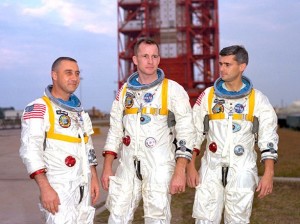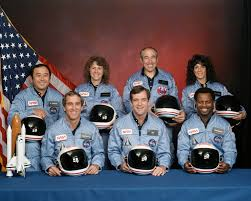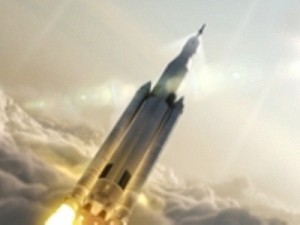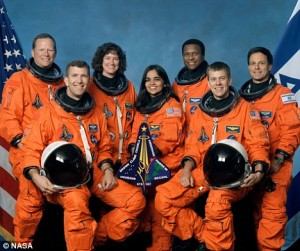
 The NASA Space Program had suffered relatively few losses during it’s many years of existence, but when something happens, it is felt around the world. Like a plane crash, it hits everyone very hard. What I find very strange is the fact that NASA’s three tragedies that brought about loss of life, while years apart, all took place within a week’s time of each other. All three of these losses were very different in how they happened. The January 27, 1967 fire on the launch pad that took the lives of Virgil “Gus” Grissom, Edward White II, Roger Chaffee in a routine ground test of the capsule that would later become Apollo 1 was a fire started by an electrical spark. The fire engulfed their high-pressurized, pure-oxygen cabin, and the astronauts suffocated. There was no emergency release on the door. They couldn’t get out. The Challenger, was lost on the 28th of January, 1986. It blew up during launch because an O-ring failed when the fuel tanks were stirred, killing all seven of the astronauts, and leaving the nation in mourning at the loss of Francis “Dick” Scobee, Ron McNair, Mike Smith, Ellison Onizuka, Judy Resnik, Greg Jarvis, and Christa McAuliffe.
The NASA Space Program had suffered relatively few losses during it’s many years of existence, but when something happens, it is felt around the world. Like a plane crash, it hits everyone very hard. What I find very strange is the fact that NASA’s three tragedies that brought about loss of life, while years apart, all took place within a week’s time of each other. All three of these losses were very different in how they happened. The January 27, 1967 fire on the launch pad that took the lives of Virgil “Gus” Grissom, Edward White II, Roger Chaffee in a routine ground test of the capsule that would later become Apollo 1 was a fire started by an electrical spark. The fire engulfed their high-pressurized, pure-oxygen cabin, and the astronauts suffocated. There was no emergency release on the door. They couldn’t get out. The Challenger, was lost on the 28th of January, 1986. It blew up during launch because an O-ring failed when the fuel tanks were stirred, killing all seven of the astronauts, and leaving the nation in mourning at the loss of Francis “Dick” Scobee, Ron McNair, Mike Smith, Ellison Onizuka, Judy Resnik, Greg Jarvis, and Christa McAuliffe.
The third NASA loss took place on February 1, 2003, and this one happened on re-entry into our atmosphere. The damage that caused the demise of the Space Shuttle Columbia happened during the launch, when a piece of foam insulation broke off and damaged the leading edge of the wing. When the shuttle re-entered the Earth’s atmosphere, the wind and heat entered the wing and blew it apart, because the heat-resistant tiles covering the left wing’s leading edge had been damaged or were missing. Pieces of the shuttle began raining down across Texas, as well as the bodies of the astronauts. This loss was very different than the others, in that is was a much less controlled situation. The prior losses could be cordoned off and kept out of the public view, but the way that Columbia was damaged, far above the Earth, causing it to rain down over such a large area, made it impossible to control, and consequently, people were coming across bodies and debris. I can’t imagine anything worse, because these were our beloved astronauts, and this was such an undignified end. It was heart wrenching for everyone in this nation. We will always remember Rick Husband, Willie McCool, Michael Anderson, Kalpana Chawla, David Brown, Laurel Clark and Israeli astronaut Ilan Ramon.
With the end of the space shuttle portion of the NASA program, the future of our nation’s work in space seems to be in question. It is hard for me to imagine going from the Space Shuttle, with the amazing ability to land like an airplane, back to a rocket. The new Orion rocket is designed to go further that any other spacecraft, and 
 the astronauts are used to living in space for six months at a time, so the possibilities are endless, and only time will tell. With each loss come a new wisdom and increased knowledge about the things that make our astronauts unsafe, and what things can keep them safe on their journeys into the unknown. Today, however, is a day to remember NASA’s lost ones on the twelfth anniversary of the loss of the Space Shuttle Columbia.
the astronauts are used to living in space for six months at a time, so the possibilities are endless, and only time will tell. With each loss come a new wisdom and increased knowledge about the things that make our astronauts unsafe, and what things can keep them safe on their journeys into the unknown. Today, however, is a day to remember NASA’s lost ones on the twelfth anniversary of the loss of the Space Shuttle Columbia.


One Response to NASA’s Lost Ones